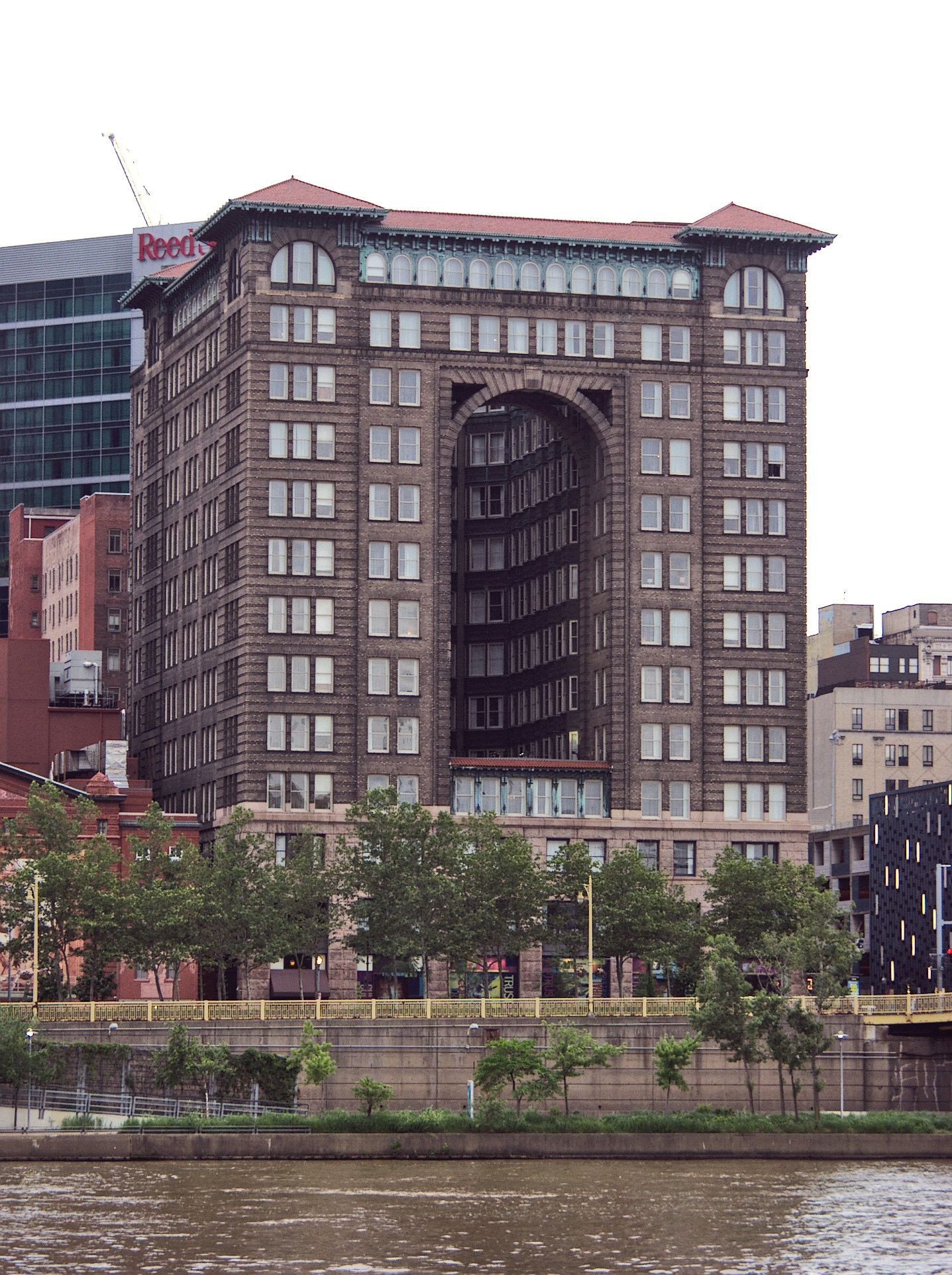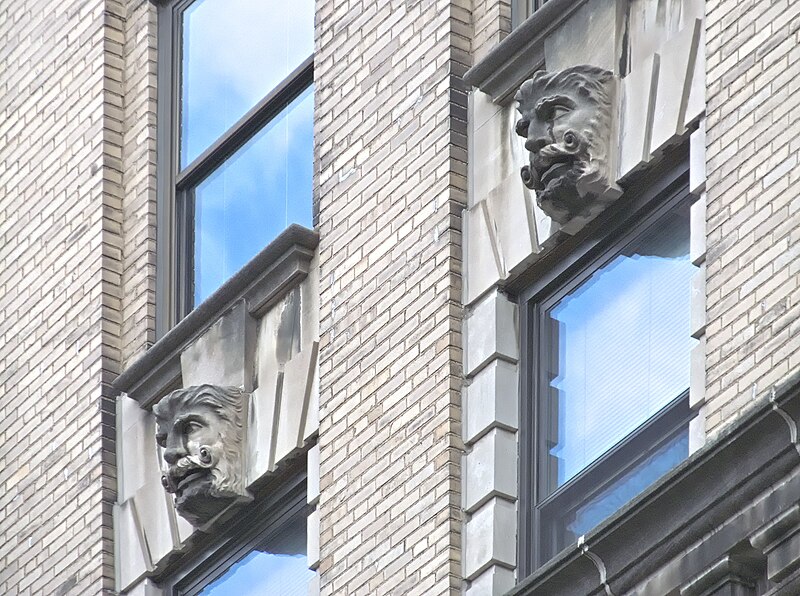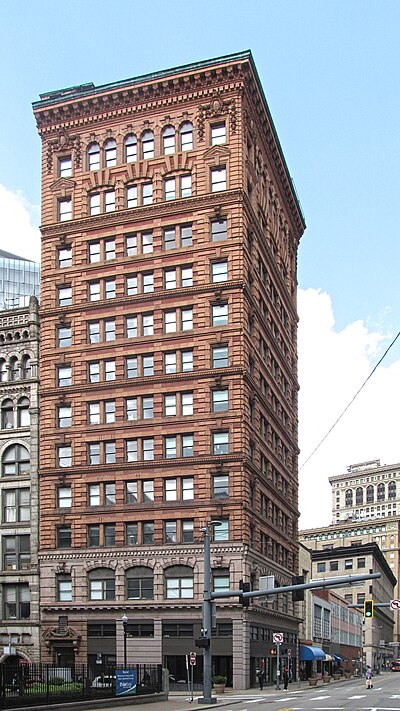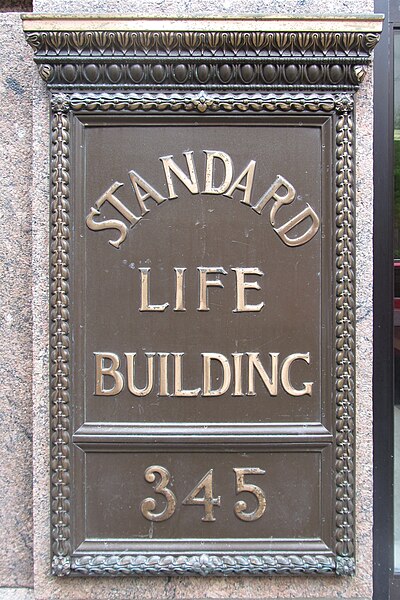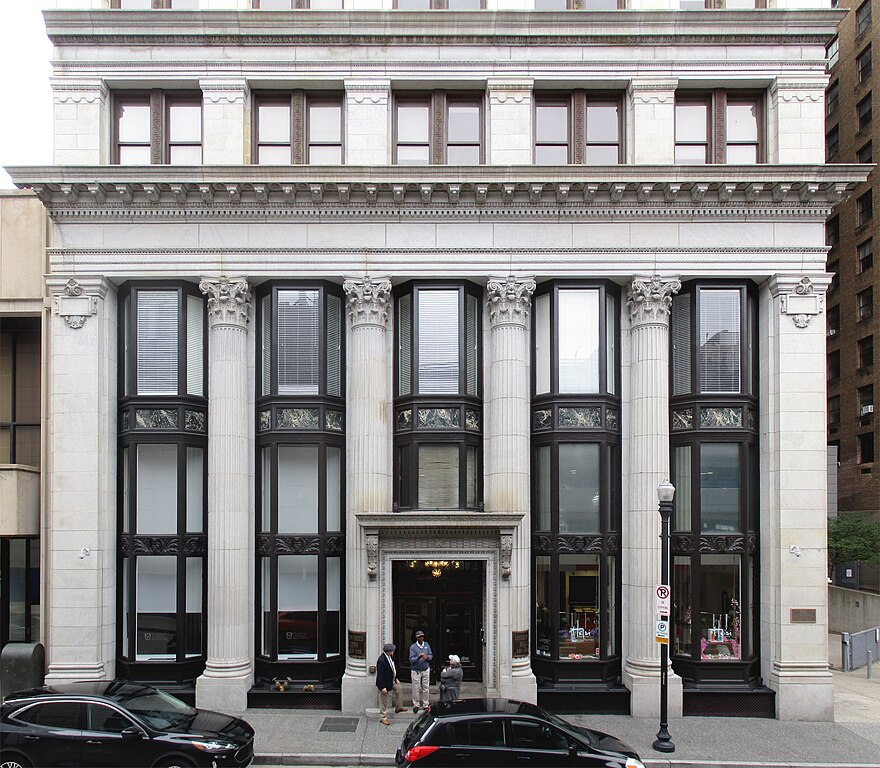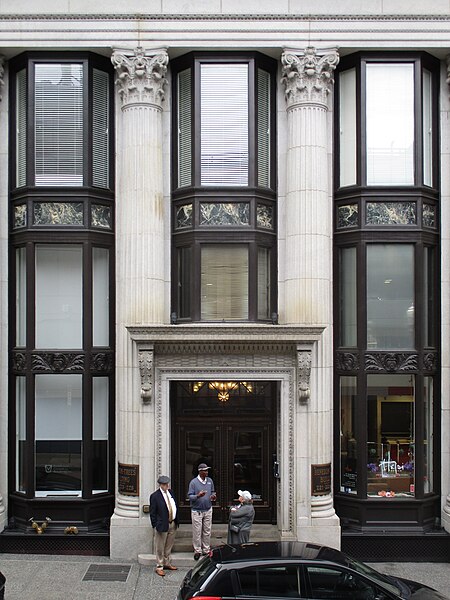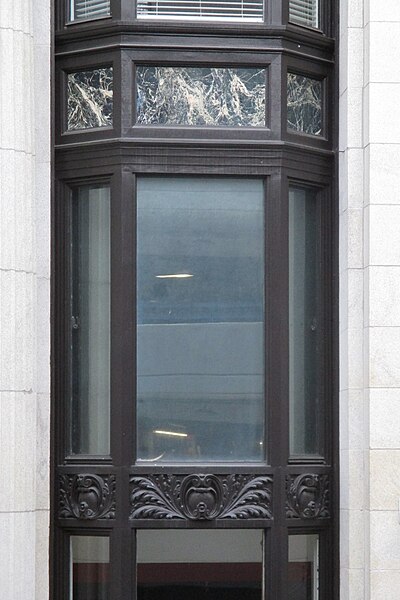
Thomas Scott, who lived around the corner and designed some of the neighborhood’s best houses, was the architect of this Beaux Arts gem in the heart of the Allegheny West business district.1
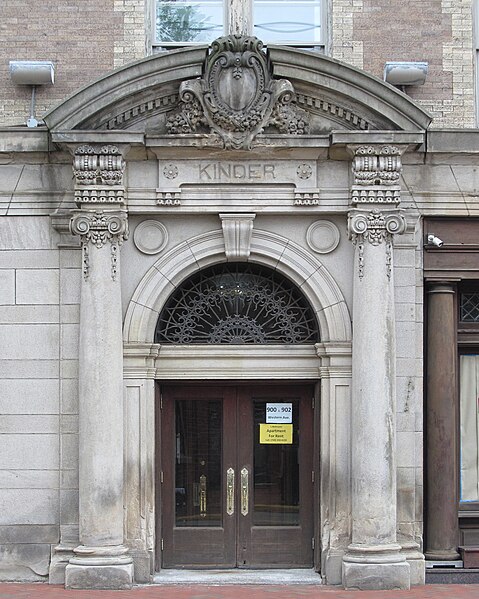
Scott was also the architect of the Benedum-Trees Building, and we can see the same extravagant but tasteful elaboration of ornament here on a smaller scale.
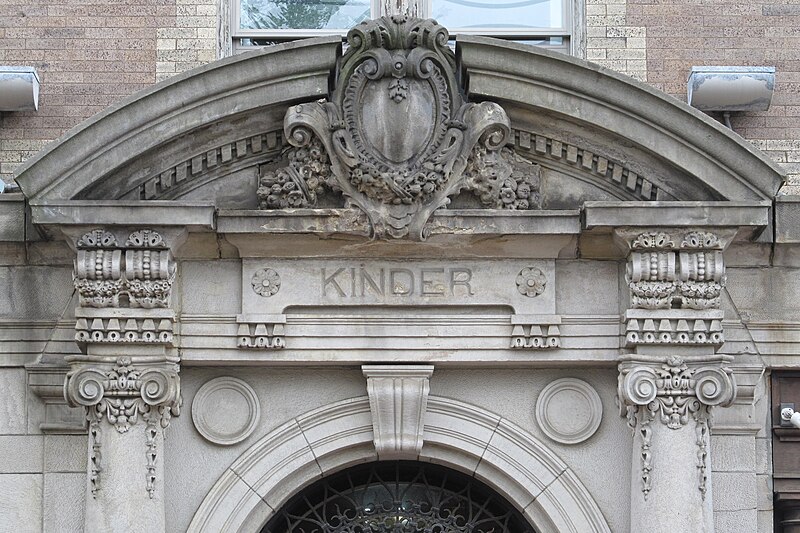

- Source: Philadelphia Real Estate Record and Builders’ Guide, January 27, 1904. “Mr. Joseph Kinder will erect a brick store and apartment house on Western avenue and Grant avenue, Allegheny, from plans prepared by Thomas H. Scott, Empire Building.” Grant Avenue is now Galveston Avenue. ↩︎













